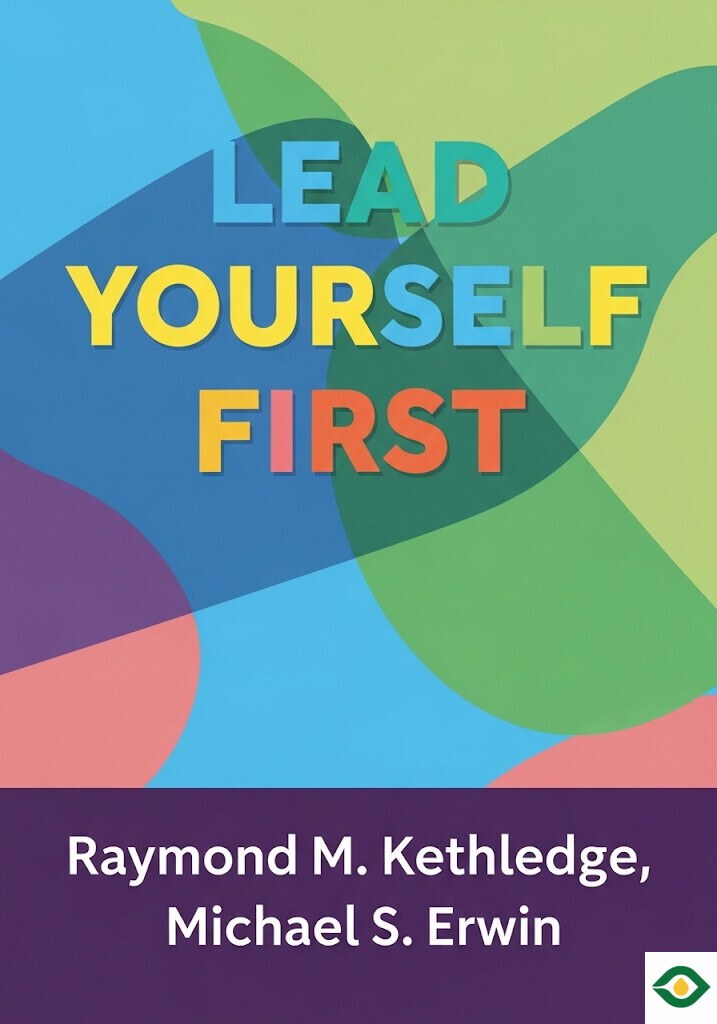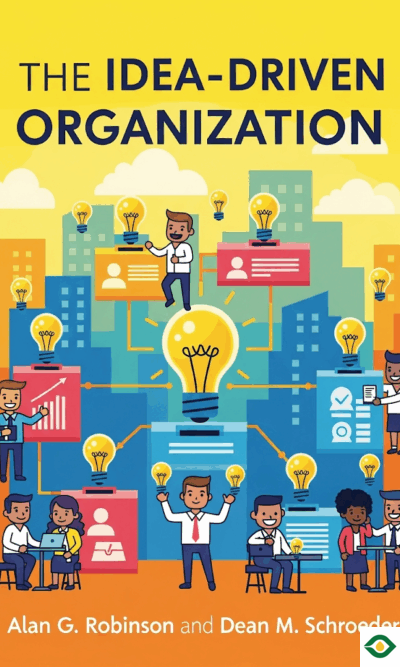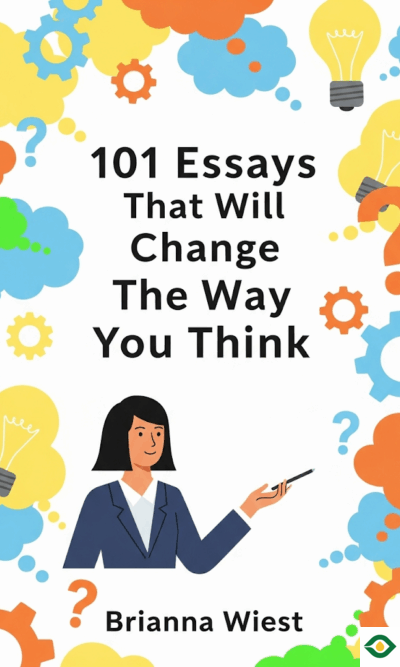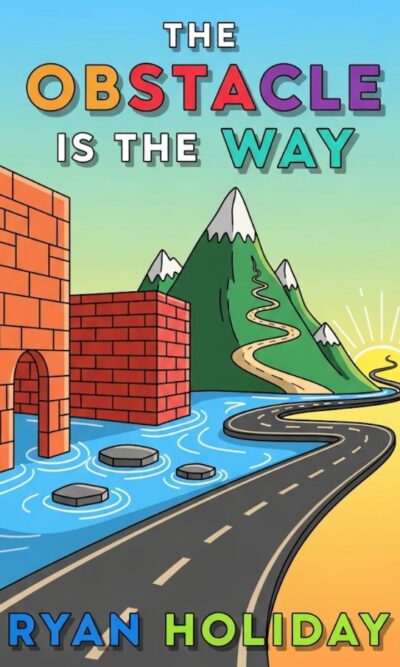Description
Life today moves at an incredible speed. Our minds are constantly filled with meetings, messages, and endless notifications. This nonstop noise leaves little room for deep thought. Yet throughout history, many of the greatest leaders found that their best decisions and strongest insights did not come from frantic activity but from quiet moments of solitude.
The book Lead Yourself First explores this power of solitude. It shows how stillness and reflection can help leaders think clearly, spark creativity, find emotional balance, and stand firmly on their values. These lessons are not just for famous generals or CEOs—they can guide anyone who wants to lead themselves and others with wisdom.
When everything is loud around you, clarity becomes hard to find. Solitude offers a solution. Take Dwight Eisenhower, for example, during the planning of D-Day in World War II. Alone in his cabin, he broke the massive problem into smaller pieces. He listed what was certain, what was uncertain, and what mattered most. This process revealed that weather conditions would decide the fate of the mission. By protecting quiet time for analysis, he was able to focus on the truly critical factors.
Modern leaders face the same need. Emails, phone calls, and schedules can fill every hour, making it easy to just react instead of thinking ahead. But the ability to step away and analyze a challenge calmly can change everything. Simple practices help—like writing down options, mapping out possible results, and asking yourself honest questions about assumptions and blind spots. Solitude gives your mind the chance to uncover better answers.
But leadership is not just about analysis. It also requires creativity—the courage to see new possibilities. Jane Goodall provides a powerful example. She spent long hours alone observing chimpanzees. Instead of following the usual methods of the time, she trusted her own insights and changed her approach. This quiet, unconventional choice opened doors to discoveries that transformed science.
Creativity often arrives when we escape routine settings. Some leaders find inspiration in cafés, parks, or early morning walks. Others benefit from extended periods of reflection, dedicating weeks to explore a single problem without pressure. The key is creating space where your mind can wander freely and form new connections. Without solitude, it is almost impossible to break away from standard thinking and discover fresh ideas.
Leadership also requires emotional balance. Stress, crises, and criticism can overwhelm even the strongest leaders. But solitude provides a safe space to process feelings and regain perspective. Ulysses S. Grant showed this during the Civil War. In the middle of chaos, he appeared calm in public, even as battles raged. Later, in solitude, he allowed himself to release the emotions he had kept hidden. This balance made him resilient and effective.
Modern examples echo this. Business consultant Pam Slim, facing financial struggles during the 2008 crisis, created a daily ritual. Each morning, she sat quietly on a rock near her home, watching the sunrise over the mountains. That moment of stillness reminded her of larger forces and helped shrink her anxieties into manageable size. Such small practices—quiet breaks between meetings, phone-free lunches, or daily reflections—can give leaders emotional strength to endure challenges.
Perhaps the most powerful gift of solitude is moral courage. Leadership often demands standing firm against popular opinion or resisting strong pressures. This is not easy. It requires deep conviction built in quiet reflection. Judge Frank M. Johnson Jr., who ruled against segregation despite threats and violence, found his courage through morning solitude. Each day he connected with his values, reminding himself why fairness and dignity mattered. That private strength allowed him to withstand public hostility.
Researcher Brené Brown describes something similar. She created “moral white space” for herself—dedicated time to think about the ethical side of decisions. When her team faced the temptation of a fast but questionable research shortcut, she paused for days of reflection. Out of that stillness came the clarity to choose integrity over convenience.
To build this moral strength, leaders can develop what Johnson called ethical anchors—personal reminders of principles, past choices, and lessons learned. By reviewing them in solitude, they create a compass strong enough to resist outside pressure. When faced with complex dilemmas, leaders can map out the quick option, the popular option, and the principled option. Reflection helps reveal which path aligns with true values.
All these stories show that solitude is not wasted time—it is leadership training. Quiet reflection builds four vital qualities: clarity, creativity, emotional balance, and moral courage. Without solitude, leaders risk becoming reactive, overwhelmed, and disconnected from their principles. With solitude, they grow into thoughtful, resilient, and principled decision-makers.
Practicing solitude does not require a retreat to the mountains or long absences from work. It can begin with small, regular steps: fifteen minutes in the morning before the world awakens, a quiet walk without your phone, or an hour each week dedicated only to thinking. The power of solitude lies not in its length but in its consistency. Over time, these moments create mental space where ideas deepen, emotions settle, and values strengthen.
In a society that prizes constant activity, solitude can seem like a luxury. But in reality, it is a necessity for anyone who wants to lead with wisdom and strength. By protecting quiet time, we give ourselves the chance to hear our own thoughts, sharpen our judgment, and connect with our deepest convictions.
Lead Yourself First makes one thing clear: the strongest leaders are not simply the busiest or loudest. They are the ones who take time to step back, reflect, and lead from a place of inner clarity. In the stillness of solitude, ordinary people find the strength to make extraordinary decisions.





